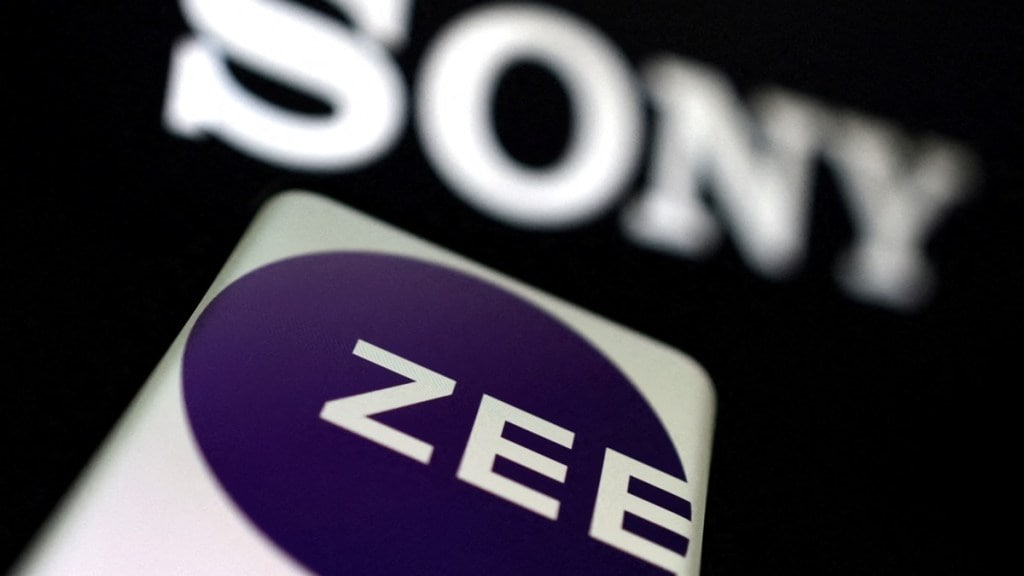After the merger talks between Zee Entertainment and Sony Pictures Networks fell through, both parties slapped legal suits against each other at different fora. Zee has also approached NCLT for directives to proceed with the merger. Abha Yadav looks at whether a merger can be pushed through in such a situation
From merger talks to legal battles
Zee Entertainment Enterprises (Zee) and Sony Pictures Networks India (now known as Culver Max), both mega players in the entertainment sector, signed a merger agreement on December 22, 2021. However after two years of negotiations, on January 22, 2024, the proposed merger fell through. As per the agreement, Zee and Sony, along with Bangla Entertainment Pvt. Ltd’s (BEPL), were to be merged into a single entity within 24 months, valued at $10 billion.
Sony has purportedly sought a $90-million termination fee and invoked arbitration and legal actions against Zee for lapses and breaches. Zee, in turn, has approached the National Company Law Tribunal (NCLT). Already, Zee’s stock has taken a hit. Foreign portfolio investors had started diluting their shareholdings in Zee, resultantly putting Indian mutual funds and insurance companies in the position of most important institutional shareholders.
Laws governing a merger
The Indian Companies Act, 2013 defines ‘merger’ as a combination of two or more entities into one; the desired effect being not just the accumulation of assets and liabilities of the distinct entities, but organisation of such entities into one business. Mergers are mainly governed by Sections 230-240 of the Companies Act, which provides for fast-track mergers, as well as mergers with foreign firms. These provisions are complemented by the Companies (Compromises, Arrangements, and Amalgamations) Rules, 2016.
Apart from this, mergers also need to comply with the Competition Act, 2002; requisite approvals were obtained in October 2022 from the regulator in this case.
Insolvency and Bankruptcy Code, 2016 also comes into play during mergers. As in the present case, financial creditor IndusInd Bank and Operational Creditor, IPRS (Indian Performing Rights Society) had initiated insolvency proceedings against Zee for outstanding dues and unpaid debts, resulting in a moratorium. Zee eventually settled with both creditors, and they withdrew their application.
The bone of contention
The deal COLLAPSED apparently due to a standoff on the leadership for the merged entity. There has been much upheaval at the Board level at Zee recently. In 2019, three directors resigned citing governance concerns. Some others were forced to resign due to proxy firm pressure. The failed reappointment of two independent directors in December 2023 also stalled the deal. The stranglehold of the founding family, i.e., the Goenkas, over the control and management of the company is reportedly one of the major reasons for the fallout.
When the Securities and Exchange Board of India (Sebi) initiated investigations against Subhash Chandra and Punit Goenka for fund diversions, it issued orders disallowing them from holding key managerial positions. A legal battle between the promoters of Zee and Sebi then ensued. The ban was withdrawn consequent to SAT orders but it spooked Sony. It wanted to appoint NP Singh, its own candidate, as the CEO of the merged entity. The talks fell through after this and Sony called off the merger.
Possible legal remedies available
NCLT is the adjudicating authority under the Insolvency and Bankruptcy Code, and under the Companies Act 2013 it is a tribunal. By virtue of these powers and provisions of Sections 230 and 232 of the Companies Act, the NCLT may use its discretionary powers in public interest and shareholders’ interests to enforce the merger.
The fallout seems to be a typical conundrum of regulatory gaps and exposure of ineffectiveness of corporate governance requirements. Indian shareholders can possibly seek remedy by seeking damages in a civil suit against the Board by proving violation of fiduciary duty by the company directors that eventually resulted in the failed merger. However, the standard of proof will be high, and execution of any favourable award will be a time-consuming battle.
Sony is alleging breach of the merger agreement by Zee, and has approached the Singapore International Arbitration Centre (SIAC) for initiating arbitration proceedings and seeking interim relief. Zee has sought directions from NCLT for implementing the approved merger scheme, while initiating legal action to contest Culver Max’s and BEPL’s claims in the arbitration proceedings.
(The writer is assistant professor of law, National Law University Delhi)
